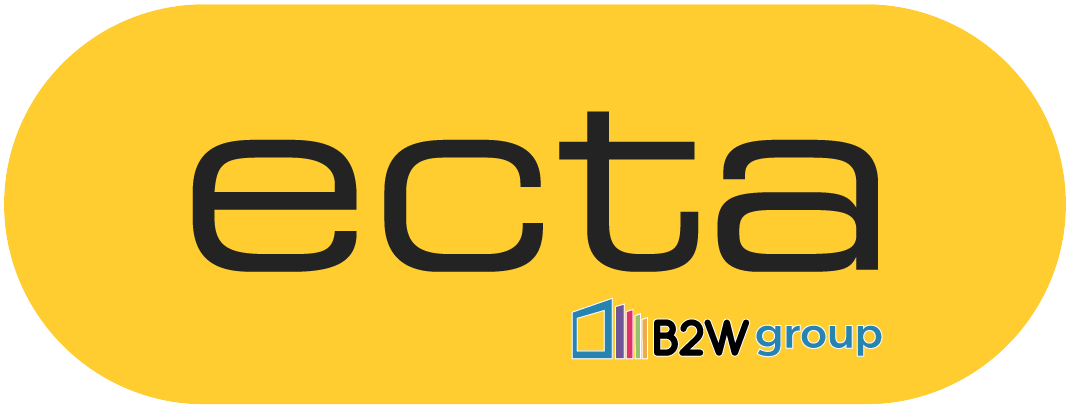The number of SMETS2 meter installations is nearing 500,000, while first generation devices (SMETS1) are expected to have “full functionality” from May. This is according to Oliver Sinclair, head of consumer advocacy and engagement at the Business, Energy and Industrial Strategy (BEIS) department’s smart meters implementation programme. Sinclair is also the government official overseeing the smart meter rollout and says that the rate “continues to climb”.
SMETS1 smart meters with full functionality
According to Sinclair, the Data Communication Company’s upgrade of its systems means that SMETS1 devices will have “full functionality” from May this year. This will enable customers to continue using their smart devices should they choose to switch from one supplier to another. Those who have lost functionality on their existing meters needn’t worry either, as the new upgrade means their devices will regain functionality as well.
Thinking positive
“The programme is at a key transition point. Things are getting to a more positive place,” Sinclair said. “Benefits are not theoretical any more. While there are challenges a significant number of people have had a good experience.
“We know that consumers with SMETS2 have already been switching suppliers and keeping their smart services. The programme has had a long gestation period, but we are now seeing some of the benefits.”
Addressing setbacks
Robert Cheesewright, director of corporate affairs at Smart Energy GB, admitted that the smart meter rollout had been held back in some parts of the country due to the limited installation capacity.
“The ability of suppliers to fulfil that demand doesn’t exist everywhere so if people want a smart meter, they can’t always get them. Technical issues has reduced suppliers’ ability to fulfil demand.”
These capacity limitations were demonstrated by figures indicating that 3.7 million people who had shown interest in having a smart meter are yet to receive theirs. At the same time, 1 million have never heard from their supplier after being told they are on a waiting list.
A bright future
But Cheesewright said that those with the SMETS1 device, which makes up the vast majority of 13 million installed smart meters, 11 out of 12 are still working in smart mode. What’s more, the recent setbacks to the nuclear build programme meant that the need for a smart grid system has increased.
“It’s not an option, it’s non-negotiable. The journey is hard, but the destination is worthwhile and essential,” he said.
Dhara Vyas, head of future energy services at Citizens Advice, called for the smart meter rollout deadline to be extended to 2023 to allow “more time and space to properly engage with customers.”
Be ready for change with ECTA
Whatever industry changes come your way, it’s important you have the knowledge and experience to deal with it. At ECTA, we offer a range of courses to ensure that when these changes happen, you are ready. To learn more about the courses we offer, get in touch to speak to a member of our team.
